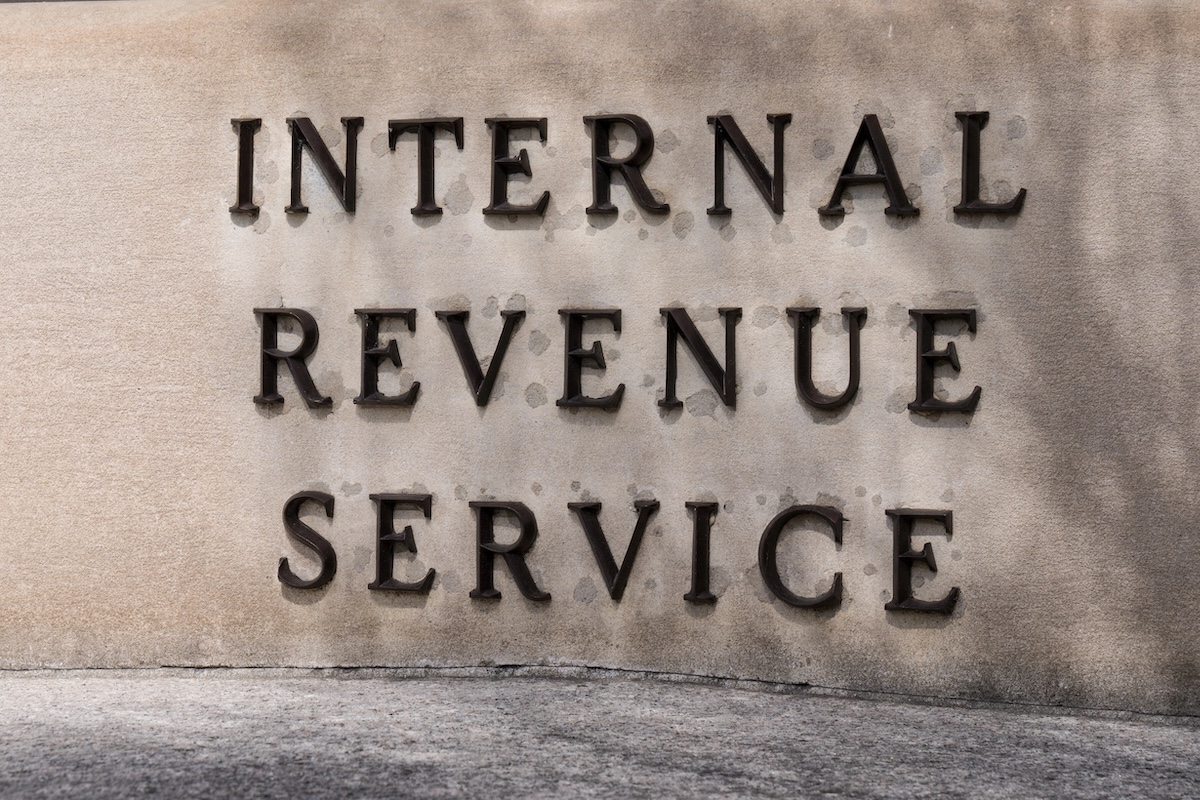Investing Is and Should Be Kept Very Simple (Here’s Why It Isn’t)


In the beginning, investing was simple.
A bunch of guys sat around a buttonwood tree on Wall Street (not literally but you get the picture). To buy and sell stocks, you had to call to a stockbroker. It was simple but expensive (0.25% commission per trade!).
Today, investing looks complicated because it has a lot of parts. There are equities and bonds, derivatives and options, mutual funds and index funds, etc. So many terms, but many of them you don’t every need.
At its core, investing is still quite simple if you fight to keep it that way.
And as is the case with everything in life, simpler is better.
We find comfort in complexity.
Investing is about preparing for the future and the future is unpredictable. Our future is also very important. You don’t want to mess it up.
When we have to make a choice today about that uncertain future, we get anxious. We are scared.
In the face of that, it’s easier to lean on experts and complexity because it feels like we’re doing more.
And some experts love this because it’s an opportunity to make money.
If you spend hours on a game plan and it fails, you can point to all the work you did and people more willingly accept the failure. If you spend minutes on a game plan and it fails, people will question your dedication and hard work. Why did you only spend a few minutes on something so important?
If we spend a lot of time building a complex system, it has to work better than something simple, right?
Look at how complicated it was!!!
And if we recruit experts, it adds even more credibility. You pay for the expertise but also the the peace of mind that comes with that expertise.
While complexity is not always bad, it’s always more expensive.
Finally, the plan itself is not transformational. It’s better than having no plan but you still have to execute it.
Sometimes your assumptions won’t cooperate. If you expect the stock market to return 7-8% per year for forty years but it only offers 3% (or your retire at the wrong time), your plan will have failed through no fault of your own.
Complexity doesn’t guarantee success.
Oh, and there is nothing wrong with pay for peace of mind, as long as you know you’re doing it..
There are three parts to a successful portfolio:
That’s it.
But you can’t make money selling that. This is why everyone agrees on that approach but they focus on #2 – what you invest in. That’s where people can earn a boatload of fees and commissions if they can steer you to their products.
If things are so simple, why does wealth management exist?
First, sometimes you’ve made so much money that you want to outsource some of your work. Many people have house cleaners because they don’t want to clean their house. Many have landscapers because they don’t want to rake their leaves.
It’s not that they don’t know how to clean their bathrooms or trim their hedges, they simply don’t want to and are happy to pay someone to do it. The same is true for managing your money.
But do the wealthy get access to investments you or I cannot?
Sure – but it doesn’t mean they perform better.
This is a great Twitter post by Moiz Ali, who founded Native Deodorant and sold it for $100 million to Proctor & Gamble. He’s worked with 3 different wealth managers and said they provide virtually no value in growing his net worth.
Moiz is someone who has made a lot of money and learned, through first-hand experience, how private wealth managers are not any better. He has nothing to sell you.
Here’s what he said:
A. They have provided virtually no value in growing my net worth.
They promise access to exclusive investment opportunities, but the investments aren’t nearly as good or as exclusive as you’d think.
Elliott Management has $71 Billion under management. How exclusive do you think it is? Every wealth manager pitched me “exclusive access” to Elliott. It’s the fucking Vanguard of private wealth managers. Forerunner Ventures? They raised $1 billion dollars. Nothing you couldn’t get access to if you really wanted/tried.
But to funds you can’t get access to, they can’t either. Sequoia? Not a chance in hell.
B. They are structured against success.
You know what I want to invest in? The small scrappy guy who bought two properties in SoCal or Idaho or Oklahoma and learned how to work with contractors and flipped them. Now, he wants to buy 10 or a small apartment building and do the same.
But Private Wealth Managers are all focused on acquiring and retaining large, rich clients. Why? Because their compensation is based on a percentage of money you have with them. If you have $10M invested with them, they make less than if you have $100M. So they want big fish.
As a result, they can’t invest in a guy raising $10M to buy real estate in Coral Gables Florida, because he’s too small for them. They can only invest in the Elliots of the word.
C. The idea that they are going to set you up with unique advisors who will be helpful is malarkey.
The people they set you up with are run of the mill attorneys or accountants. They aren’t creative. They aren’t thoughtful. They aren’t amazing. If they were, they’d hang up with their own shingle and make a ton of money. You think the best tax attorney works at Goldman Sachs where he makes $1m a year? He can start his own firm and make 10X that.
D. They aren’t smarter than you.
The Private Wealth Manager I work with today forecasted a soft landing with no meaningful interest rate raises 2.5 years ago. They suggested I invest ~$10M in medium term bonds because there was 3% yield to be had and they didn’t think interest rates would go up. I remember sitting in that conference room listening to them and thinking “are you fucking incompetent or insane”
I invested in one fund with Colony Capital that was focused on real estate during the pandemic. It LOST money. One of the few funds to break the buck during the pandemic in real estate. And it wasn’t focused on office real estate, so don’t even say that.
Private Wealth Manager’s Ph.Ds will say “discounted cash flows” and “regression analysis” to make your head spin, and then jerk off in the dark with your money.
E. The worst is Goldman Sachs though. I mean they are the fucking worst. Rather than invest in Elliott, they say “we have our own Elliott where we do the same thing but better”. That may be true, but they’d say that no matter what you suggested. If Bill Gates agreed to pay me a billion dollars tomorrow if I loaned him $1 today, Goldman would advise against it. Goldman would say “don’t lend him the dollar – give it to us to invest instead” because then they’d earn fees on that dollar.
Great thread and some interesting responses too. He ends by saying “If you’re thinking about using a PWM [private wealth manager], I’d suggest just investing in the S&P500.”
When you buy an index fund, the various participants make very little money. The expense ratios of these index funds are incredibly low (Fidelity has zero expense ratio funds too). VTSAX has a 0.04%, which means it makes $40 for every $10,000 you invest. You pay nothing when you buy and you pay nothing when you sell. Just $40 for every $10,000 every year.
Compare that with any other alternative investment. With real estate, you have transaction costs when you buy and sell. You have fees on the mortgage as well as interest. You have maintenance and repair costs on the property. It’s going to be way more than 0.04%. And, if done properly, real estate is often a great investment even with all those drags on return… but that’s because it require patience, experience, time and expertise.
Buying an index fund requires none of that. But there are few people selling index funds because there’s no money in it!
OK, back to what regular folks should do…
You want to make regular contributions to your brokerage accounts. This can be through your employer’s 401(k) or a taxable brokerage account, but regular monthly contributions are key.
And you want to contribute as much as you can as early as you can.
This can be 1% or 30%, you know your budget and your needs. Your goal is to identify money you will not need for five years and put it to work for you in the markets.
If you want a target, make it 20%. The 20-30-50 budget is your friend.
Now, how do you allocate it?
A three-fund portfolio is so simple that it seems like it shouldn’t work.
It is a portfolio that has three funds:
The origin of this allocation comes from Taylor Larimore, considered the dean of the Bogleheads (huge fans of Vanguard and its founder, Jack Bogle), and explained in this forum post.
It’s so simple but if you look at Vanguard’s Target Retirement 2055 Fund, this is what it invests in (percentages as of 7/31/2024):
| Fund Name | Fund Ticker | Allocation |
|---|---|---|
| Vanguard Total Stock Market Index Fund Institutional Plus Shares |
VSMPX | 53.90% |
| Total International Stock Index Fund Investor Shares |
VGTSX | 36.10% |
| Vanguard Total Bond Market II Index Fund Investor Shares | VTBIX | 6.90% |
| Vanguard Total International Bond II Index Fund Institutional Shares | VTILX | 3.10% |
Vanguard’s Target Retirement funds are simple four-fund portfolios. They replace a single single bond total market fund with a domestic and international bond fund.
If it’s good enough for the Vanguard Target Retirement fund, it’s probably good enough for you.
This is the “plan” part of a financial plan.
You know what you want to buy (a simple three or four fund portfolio), but what are the percentages?
Your asset allocation should be based on your needs and your goals. There are too many factors to give you a simple “do this” (like we did with the three and four fund portfolios) but the core idea is that you need to build a financial plan.
You can work with an advisor or do it yourself easily, because the hardest part is all in your head – what are your goals and when do you want to accomplish them? And advisor can be helpful as part-planner and part-therapist, just having someone to talk through these subjects can be extremely useful.
Setting the allocation is one thing, you will also want to rebalance your portfolio from time to time. I suggest annually, you can do it semi-annually, but you want your allocations to remain in the same ratios.
Every year, Morningstar does a report called the Mind the Gap report. It estimates the difference between what investors get vs. the reported returns of their investments.
In the chart above, the blue bar is what investors got, the black line shows the total return of the asset category, and the gray slashes shows the gap.
Each year, they estimate that there is about a 1% gap. For 2024, the gap was 1.1%. It was biggest in the more volatile investment categories.
Over the course of 30 years, 1% difference can mean hundreds of thousands of dollars.
But why are investors returns lagging actual investment returns? It’s because of market timing – when the investor buys and sells the assets. And investors as a whole are losing (if we were good at market timing, returns would be greater than the asset’s total return).
Do not try to market time – just make those regular contributions and leave it alone. It’s very hard, it’s why people call this the “boring middle” but it’s absolutely essential you avoid messing with your investments.
Investing doesn’t have to be complicated but it’s hard (at least for me!) to be patient.

If you’ve dipped your toe into real estate investing (or are wanting to get started), a quadplex can be your...

Economic development strengthens economies by creating resilient, and vibrant communities. From closing gaps and increasing access, to sharing and deploying...

The 2026 tax filing season may not open until mid-February, later than the usual late-January start. Federal tax law changes,...